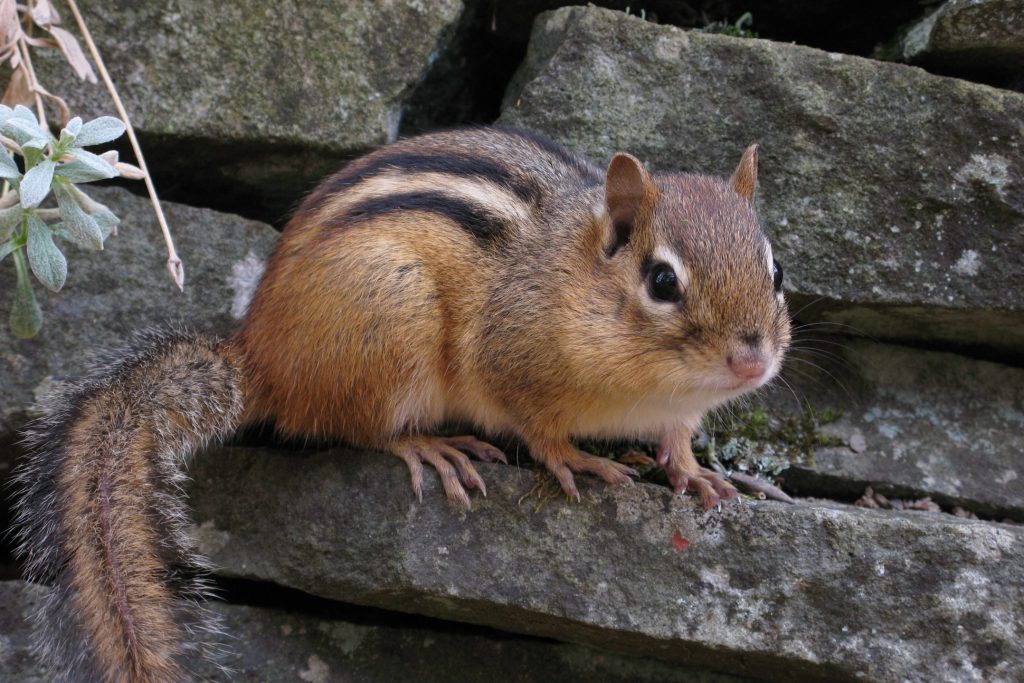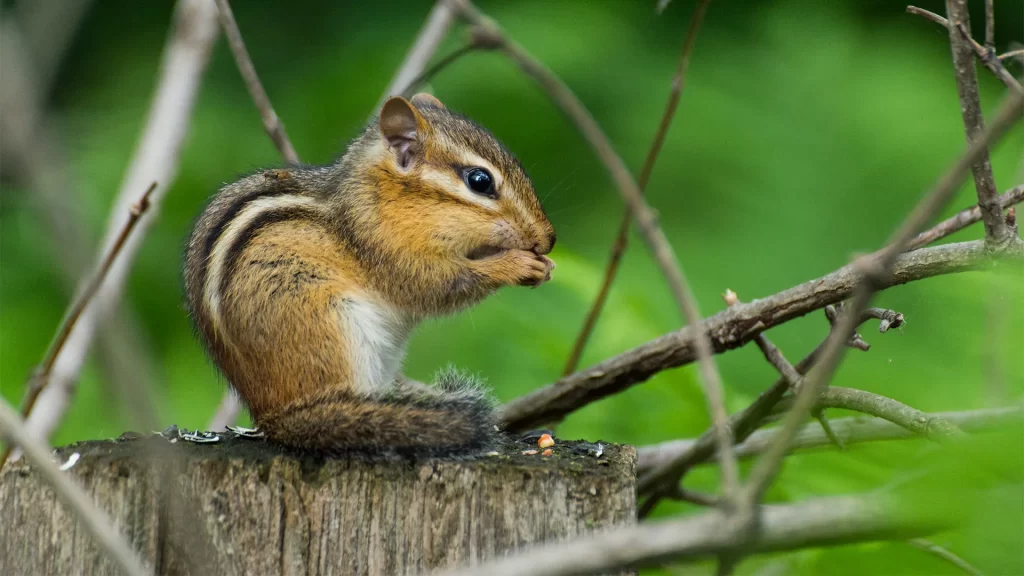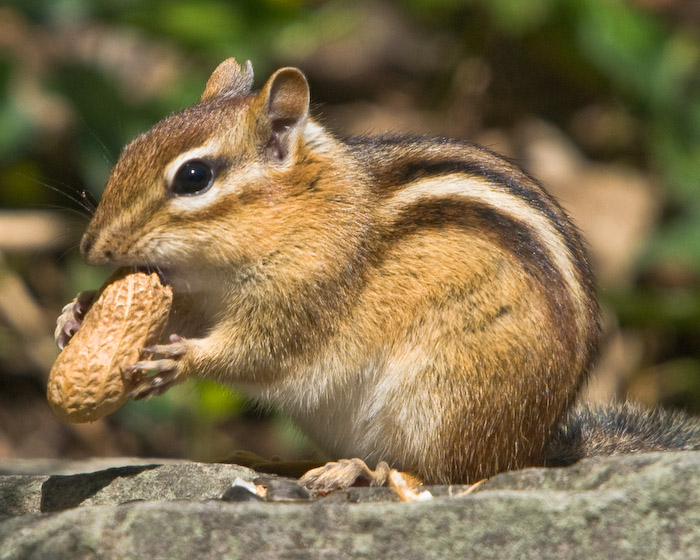
Chipmunks are small, burrowing rodents that belong to the family Sciuridae. They are known for their striped fur and bushy tails, and are commonly found in North America. During the winter months, chipmunks exhibit a number of behavioral changes that help them survive the harsh conditions of the season.
In this article, we will take a detailed look at the behavior of chipmunks during the winter months. We will explore how they prepare for the season, how they cope with the cold and snow, and how they conserve energy and resources to make it through to spring.
Preparation for Winter
Chipmunks begin preparing for the winter season well in advance. As early as late summer, they start to gather and store food for the winter. They are known to be hoarders, and will collect a wide variety of food items, including nuts, seeds, fruits, and insects. They will also store food in their burrows and other underground caches.
In addition to gathering food, chipmunks also start to put on fat reserves in the fall. This helps them to maintain their body temperature and energy levels during the winter, when food sources are scarce. Chipmunks can gain as much as 25% of their body weight in the fall, which they will use to survive the winter months.
Coping with Cold and Snow
Once winter arrives, chipmunks face a number of challenges related to the cold and snow. One of the main challenges is maintaining their body temperature. Chipmunks are small animals with a high surface area to volume ratio, which means they lose heat quickly. To combat this, they will huddle together for warmth, often sharing burrows with other chipmunks. They may also enter a state of torpor, which is a temporary reduction in metabolic rate and body temperature. This helps them to conserve energy and survive when food is scarce.
Another challenge for chipmunks in the winter is finding food. Many of the food sources they rely on, such as nuts and seeds, become covered in snow or are buried underground. To overcome this, chipmunks will dig through the snow to find food or use their sense of smell to locate caches they buried earlier in the season.

Conserving Energy and Resources
During the winter months, chipmunks also conserve energy and resources in a number of ways. One of the main ways they do this is by reducing their activity levels. They will spend most of their time in their burrows, sleeping or resting. This helps them to conserve energy and avoid predators.
Chipmunks also reduce their metabolic rate during the winter, which helps them to conserve energy and resources. This is achieved through torpor, as mentioned earlier, as well as by reducing their heart rate and breathing rate. Chipmunks can lower their metabolic rate by as much as 90% during the winter months, which helps them to survive on their fat reserves for extended periods of time.

In conclusion, the behavior of chipmunks during the winter months is a fascinating topic. These small, burrowing rodents exhibit a number of adaptations that help them survive the harsh conditions of the season. They prepare for winter by gathering and storing food, putting on fat reserves, and reducing their activity levels. Once winter arrives, they cope with the cold and snow by huddling together for warmth, entering torpor, and digging through the snow to find food. Finally, they conserve energy and resources by reducing their metabolic rate and activity levels. Overall, the behavior of chipmunks during the winter season is a testament to their resilience and adaptability.